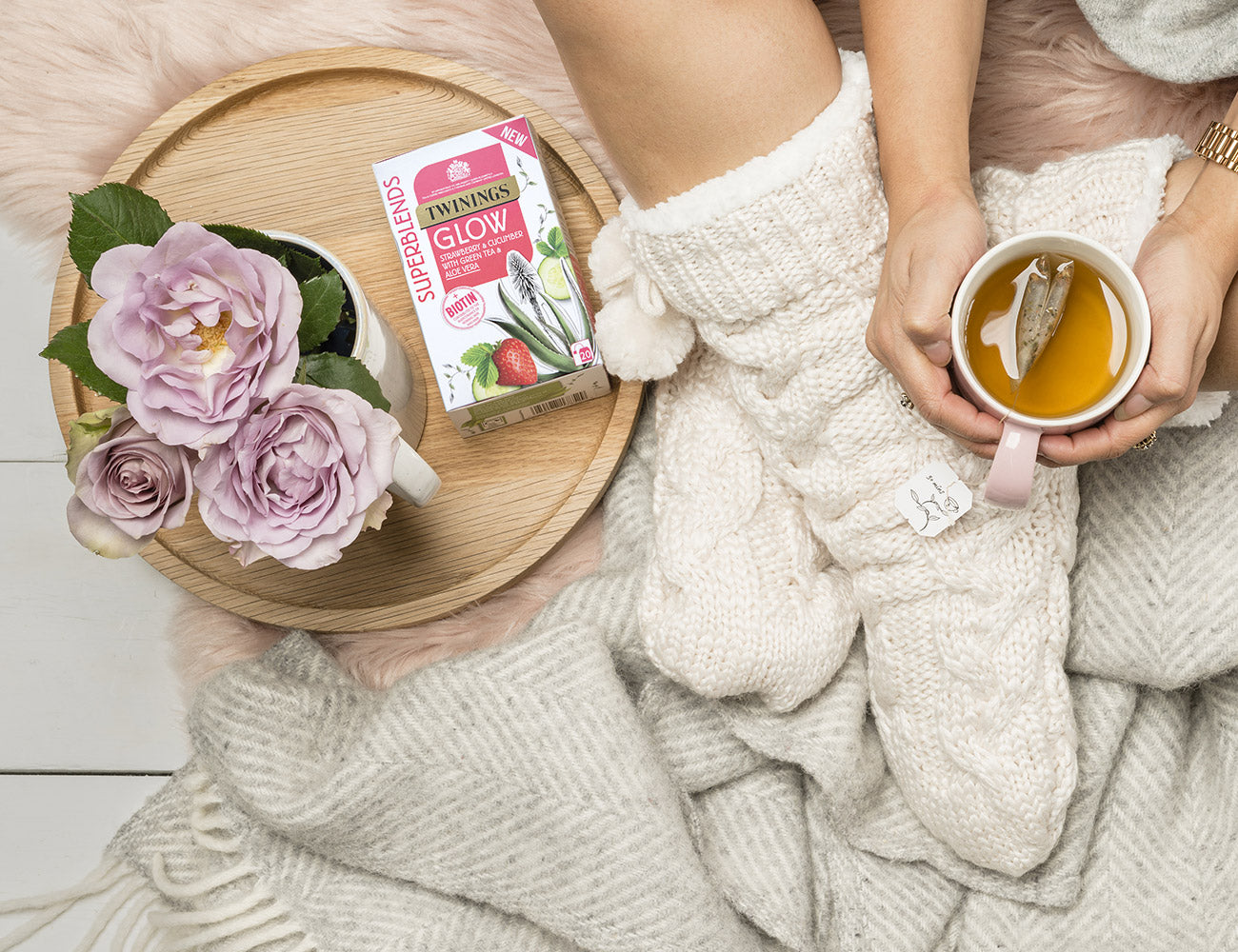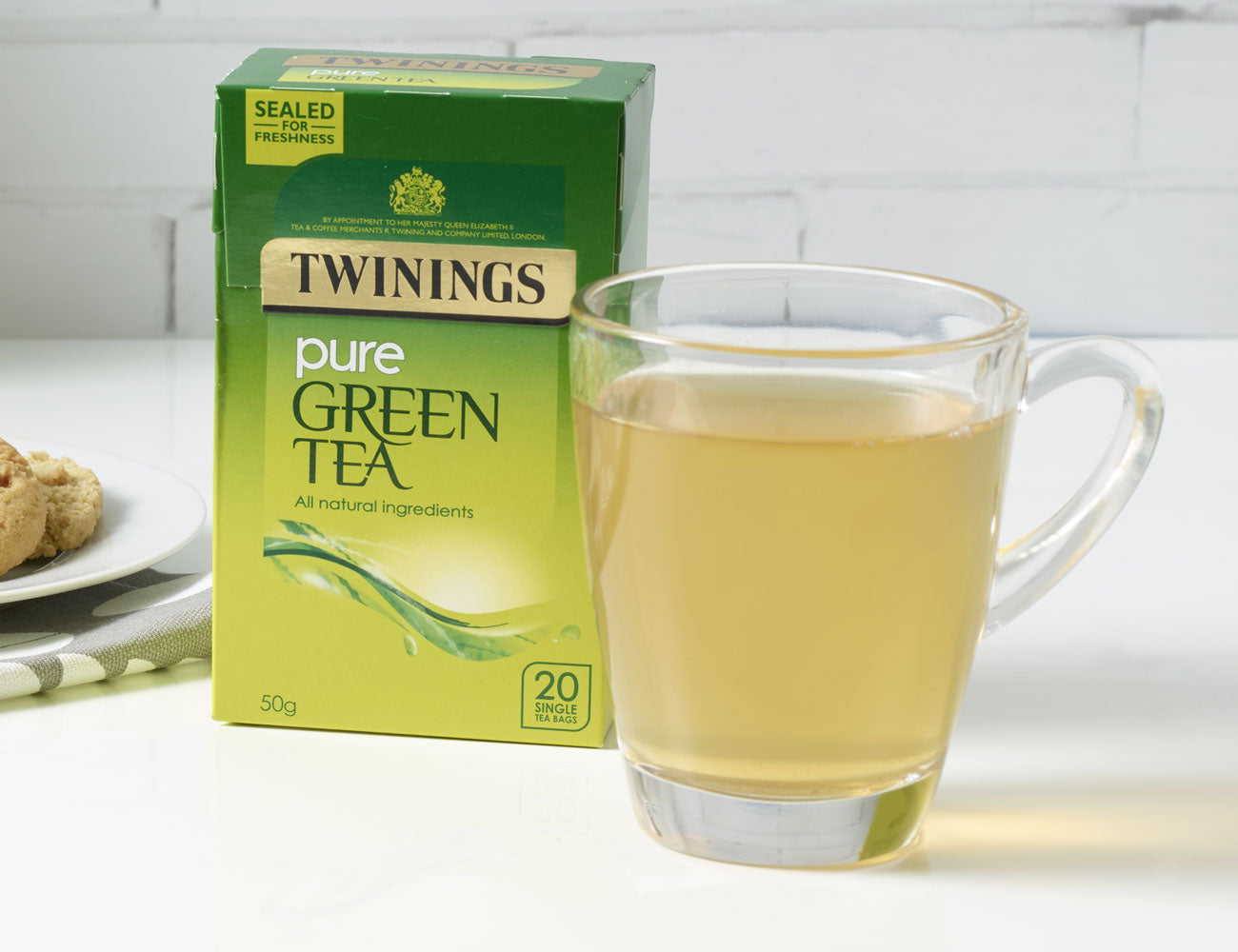More About Matcha
Whether you’re curious to see what all the fuss is about, caught sight of a recent addition at your local coffee shop or found yourself curious about that vibrant green latte everyone is savouring, it’s time to step into the world of matcha.

While matcha has been in existence for years, its popularity is on the rise, and we're here to share the secrets behind this intriguing beverage. Join us as we delve into what matcha truly is, explore its unique flavour profile, and discover delightful ways to savour the wonders of matcha.
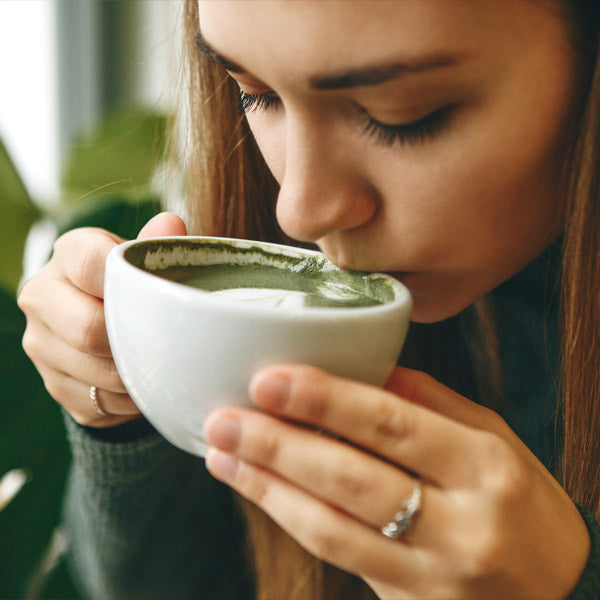
What Is Matcha?
Matcha is a powdered form of green tea. It literally translates to ‘rubbed tea’ and is made from the youngest tea leaves. Steamed, dried, and ground down into the luscious green powder we know to be matcha, it has a strong and distinctive flavour that errs on the side of bitterness.
“The taste of ‘umami’ which emanates from Japan is also well represented in matcha. This is due to the presence of an amino acid called L- Theanine, and Japanese teas have a lot of them, making them a potent antioxidant. The other aspect of matcha which really fascinates me is its versatility of use – from its traditional use and preparation with a whisk to inclusions in shakes, smoothies, culinary delights, and even baking. The possibilities are limitless.” Rishi Deb - Master Blender
This powdered green tea is best known for its significance in Japanese culture. However, matcha began its story in China, where it played a central role in Zen Buddhist tea rituals. After being introduced to Japan by Buddhist monks in the 12th century, the preparation of matcha remained closely tied to spirituality. It eventually evolved into the Zen-inspired Japanese tea ceremony, ‘chadō’, meaning ‘the way of tea’.
Nowadays, matcha is used both in these traditional ceremonies and as an everyday drink or flavouring. Rich, earthy, and with a striking pea-green colour, this tea certainly packs a punch. But what makes matcha so unique? And what is the best way to enjoy it?
How To Enjoy Matcha?
In Japan, matcha’s popularity as a product is comparable to chocolate. You’ll see its distinctive pop of green in all sorts of foods, including matcha ice cream, smoothies, puddings, cookies, cakes and mochi (rice cakes). Due to its vegetal quality, matcha even complements savoury dishes like soba noodles. Typically, such food products will be made using culinary-grade matcha, which is slightly more bitter than other grades of matcha. Ceremonial-grade matcha is usually reserved for Buddhist temples and Japanese tea ceremonies.
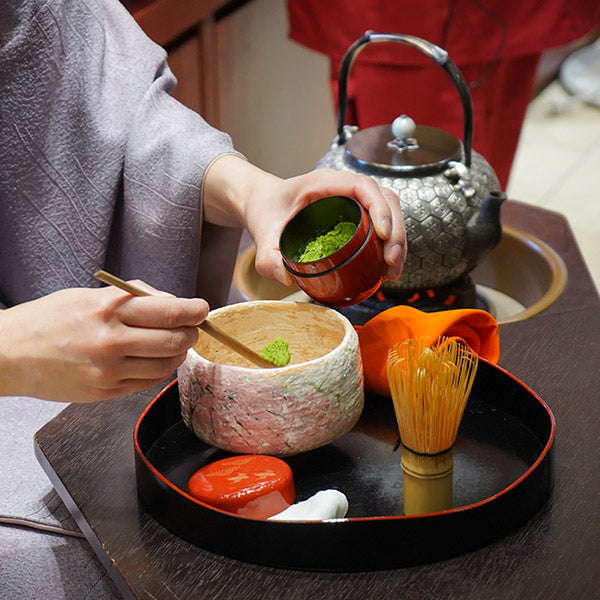
The Matcha Way
A great deal of attention is given to preparing the tea in such circumstances. The equipment is chosen with immense care, and each gesture, from the rotation of the cup to the position of the whisk, is very deliberate. Being served matcha as a guest at these ceremonies is an incredibly memorable and unique experience. Less formal occasions might call for premium, classic or café grade matcha, from which you can make delicious everyday teas or add milk in order to enjoy a creamy matcha latte.
Since matcha tea comes in a powder, it must also be brewed differently from a tea bag or loose-leaf tea. Strictly no lumps! Most often, it is combined with hot water and mixed into a paste. A bamboo whisk then whips the matcha (with a little extra hot water) into a smooth, frothy drink.
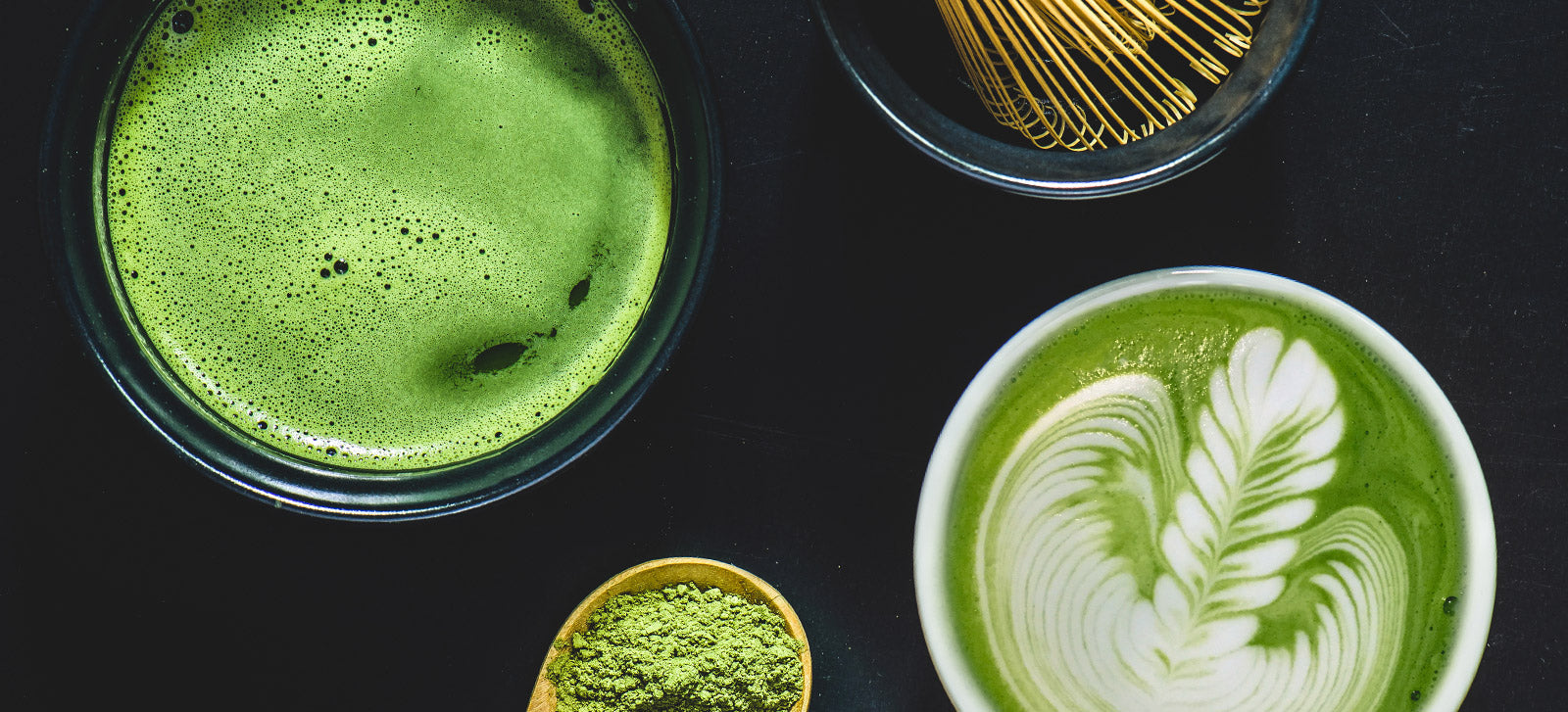
Does Matcha Contain Caffeine?
Because matcha is made using the tea plant, Camellia sinensis, it contains naturally occurring caffeine. It’s also worth bearing in mind that matcha is consumed in a different way than most teas. Whereas teabags and tea leaves are usually removed after brewing, matcha dissolves into the hot water you drink. This means that the tea itself is often directly ingested. As a result, a cup of matcha might contain more caffeine than a cup of other green teas.
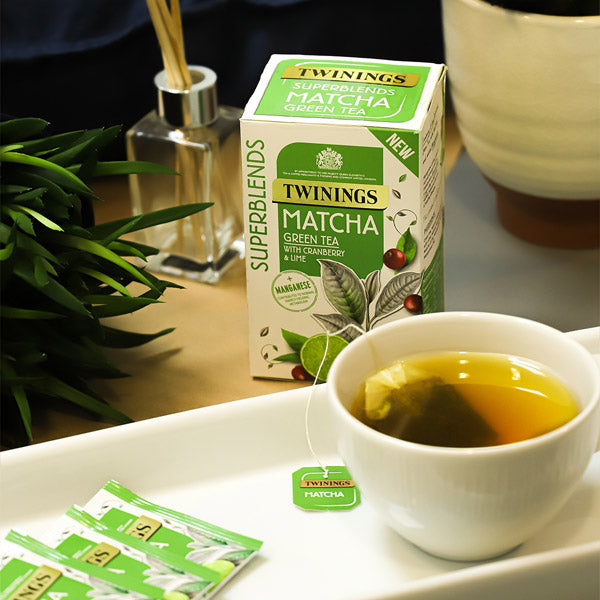
Want To Make Matcha Part Of Your Everyday?
Matcha on the Go
For an even simpler approach, our Metabolism Cold Infuse can be added directly to cold water, and is ready to drink in just a few minutes. Matcha, watermelon, apple and green tea make for a revitalising combination. The perfect summer cooler!





